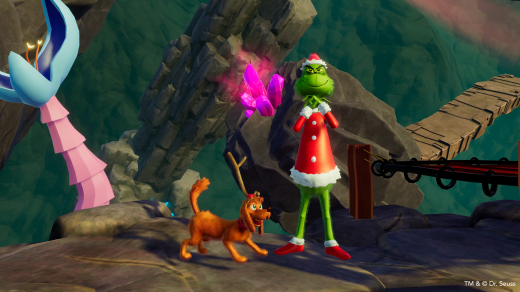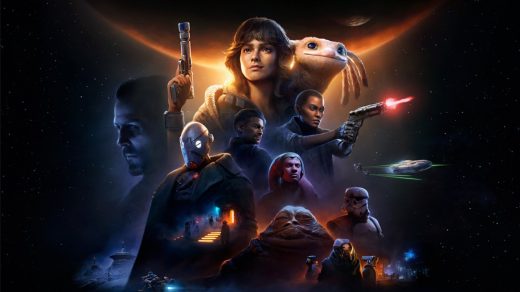Artificial intelligence in video game development

“Hot topic” of our time, criticized, discussed and used for several years: We are talking about AI, the English acronym for “Artificial Intelligence”.
Machine learning, a subset of artificial intelligence so to speak, is already widespread and this is exactly what the latest experiments are focused on, which have alarmed many researchers.
“What if machines one day became so intelligent that they would overthrow humanity?”
Many people ask themselves this question. This is the fear behind the alarmism of some eminent scientists. Steven Hawking himself in 2014, he defined to BBC News: “:”The development of full artificial intelligence could mean the end of humanity.”
Nevertheless, research continues, in a whirlwind of progress that is difficult to stop, not only because of the desire for discovery that has always animated the world of science, but also because of the great strategic (and economic) interests that each nation has and every multinational company pursues , relies on the use of artificial intelligence.
When we talk about the application, we cannot but mention the field of video games, perhaps the pioneer of technological development that has completely revolutionized its scenario over the course of twenty years. The first effects obviously occurred on console titles, but also partly on niche games, with those on portals such as. B. are excluded for the time being Betway Casino and similar portals, perhaps in the future we will see the arrival of artificial intelligence, which does not seem to be present at the moment.
The use of artificial intelligence algorithms in the context of video games is therefore already an issue reality and it particularly concerns the so-called “NPCs“(Non-Playable Character) or “Non-Player Characters”, but let’s see how specific.
How artificial intelligence is used in gaming
In video games, as already mentioned, artificial intelligence is used for those characters in the plot who are not actually players, but rather play a functional role in supporting the player-protagonist or in developing the plot.
But how do algorithms help game developers with this type of application?
AI algorithms improve both the intelligence of the non-player character and the interaction between him and the real player. This is because non-player characters automatically learn from context and previous interactions through machine learning.
All of this will obviously improve the facial expressions, the dialogues, the interaction and therefore in general realism of the video game. For example, let’s assume that computer programming creates so-called “data sets”, i.e. it depends on possible game scenarios. This means that infinite possibilities, infinite worlds can be created. Therefore, a video game equipped with this technology will have different developments, slightly different storylines and will return different feedback depending on the player.
When we talk about the realism of non-player characters, we are primarily referring to their manner Interact with real players, so much so that they also seem like “real” players. For example, facial expressions may change depending on the context This allows the player to grasp many more emotional nuances from it.
This technology, based on the computer’s self-learning, would therefore allow the input of a large repertoire of data that would be “adjusted” independently by the machine depending on the inputs, for example the cutting of the “.Motion capture” is often used for the production of films and video games.
It’s all about this Content animation technology, based on the connection of sensors positioned on the face and suit of an actor who performs his acting, to then be transmitted to the computer, which converts, translates and uses the expressions and movements made into “digital graphics”. The virtual character combines them. In this way, many famous monsters or fictional characters were brought to life so that they seemed real. Let’s think of the famous “Gollum” from “The Lord of the Rings”.
Additionally, artificial intelligence is used to match two players in breathtaking games based on their gaming skills. The The computer simply learns playing styles of a user and compares it with that of another. The result is the pairing of two equal players. The same action can be performed by a computer for creating “supervillains” who, once they get to know the player’s play style and weaknesses, provide exciting challenges. The risk is obviously that the developers “overdo” the difficulty and lose the flavor of the gaming experience.
AI in video games: what does the future hold for us?
We are sure that in the future AI will certainly be present in the video game scenario but also in our daily lives. This will be so well integrated that it will replace the most common daily tasks.
Not even the developers of the software houses themselves are sure that they are already using artificial intelligence: In the future, this could generate a game automatically and without human help.
During the Game Developers ConferenceAt the conference that took place in San Francisco in March of this year, there was already talk of algorithms that are able to independently generate new content based on “already seen” content.
Of course, the graphics will be crazy as they are constantly being improved by algorithms, but there could even be the possibility of “playing with your mind” in a unique experience by connecting and interacting with the video game directly. Because that’s exactly what Elon Musk’s experiments are about, with his “Neuralink” receiving FDA approval for implanting chips into the human brain.
The article “Artificial Intelligence in Video Game Development” first appeared in VIGAMUS Magazine – the magazine about the world of video games.




